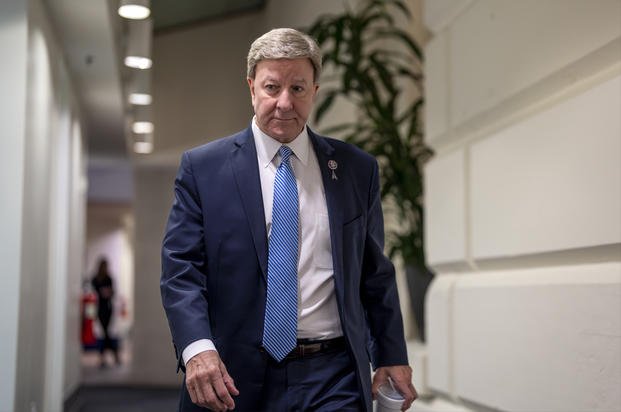Leading lawmakers are signaling a preference to allocate more funds towards improving military quality-of-life standards compared to the Pentagon’s recent budget proposal. However, they are grappling with the constraints of existing spending limits previously agreed upon, which may lead to challenging decisions regarding defense budget allocations.
The Pentagon’s budget request for fiscal year 2025 totals \(850 billion. This includes a 4.5% salary increase for troops, \)2.35 billion earmarked for barracks upgrades, and $250 million for [ppp1].
Mike Rogers, the Chairman of the House Armed Services Committee, has voiced concerns about the inadequacy of the administration’s allocation for enhancing military quality-of-life. He has underscored the committee’s determination to strengthen these initiatives through the development of the annual defense policy bill. Nevertheless, Rogers has acknowledged the difficulty of reconciling these enhancements with the current budgetary restrictions.
As Congress now reviews the Pentagon’s budget proposal, the onus is on lawmakers to finalize the budget allocation and its distribution. Despite ongoing discussions for fiscal year 2025, approval for fiscal year 2024 spending across various government sectors, including the Pentagon, is still pending even six months into the fiscal year.
The proposed salary raise for 2025 aligns with the statutory entitlement based on the Employment Cost Index. Lawmakers typically support such salary increase requests with minimal modifications.
The Pentagon’s budget proposal is part of the broader national security budget request of $895 billion presented by the Biden administration. This amount adheres to the budget ceiling set in a previous agreement to restrict government expenditures for fiscal years 2024 and 2025, aiming to prevent a U.S. debt default.
While some defense advocates have criticized the budget request for being insufficient in light of global threats, it complies with the previously negotiated budget limit. Criticisms primarily focus on the reduction in major weapons procurement compared to initial plans.
The emphasis on weapons procurement has raised concerns that funding for quality-of-life enhancements may compete with resources allocated for acquiring weapons during the legislative process. Rep. Don Bacon highlighted the challenge of prioritizing between infrastructure deficiencies, personnel welfare, and critical defense assets without compromising any.
Rep. Bacon, leading the House Armed Services Committee’s military quality-of-life panel, is set to propose recommendations for improving various aspects such as housing, salaries, childcare, employment, and healthcare. The projected cost for these enhancements is approximately $5 billion.
Despite recognizing the inadequacy of the administration’s budget proposal for military quality-of-life programs, Rep. Bacon commended the Army’s efforts in addressing barracks shortcomings, stressing the need for corrective measures in the face of substandard conditions.
Rep. Chrissy Houlahan emphasized the crucial need for substantial funding to bolster the identified areas of improvement, highlighting the significance of translating verbal commitments into tangible financial investments.
Although there are discussions to reallocate specific funds, prominent Democrats have affirmed their commitment to upholding the budget cap agreement while ensuring sufficient resources for servicemembers and modernizing the military in alignment with national security priorities.
